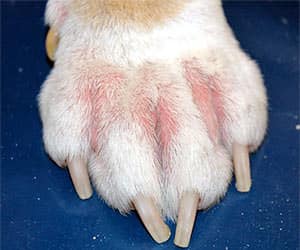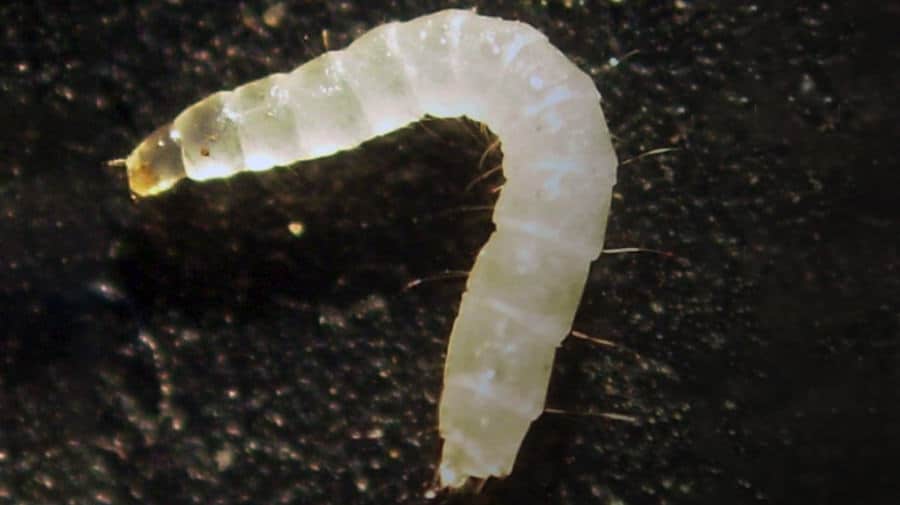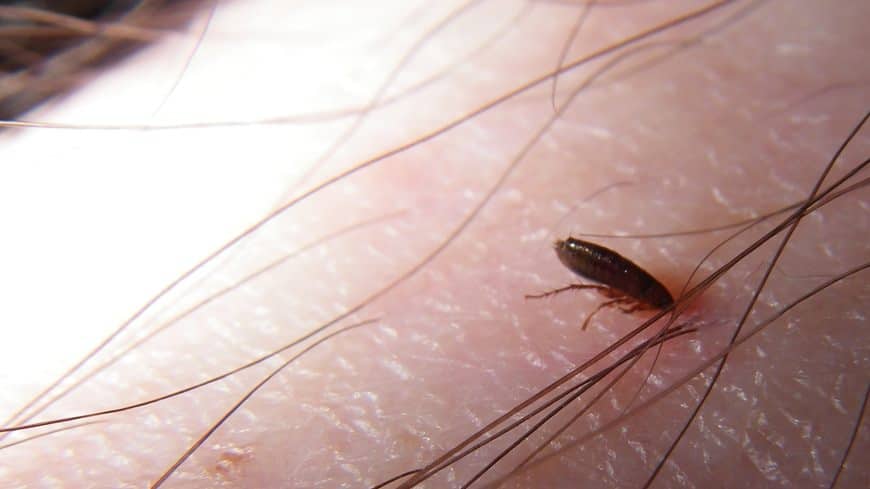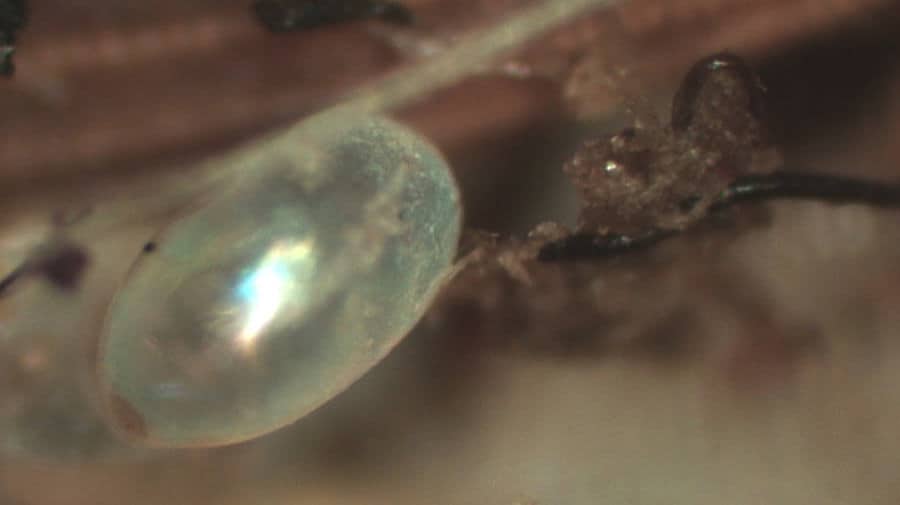How To Get Rid Of Flea Eggs On Cats
Finding flea eggs on cats is a sure sign that they may be suffering from a flea infestation. Adult fleas themselves are, unfortunately, just the tip of the iceberg when it comes to all stages of the flea life cycle.
There are things to look for when trying to spot flea eggs on your pet and ways in which you can establish that you have definitely found flea eggs as opposed to other substances. There are also areas on your cat’s body where the eggs may be more highly concentrated and therefore easier to notice in their fur.
Finally, we will tell you how you can get rid of any flea eggs that you may find on your cat and tips for preventing fleas from laying eggs on your pet and potentially causing a flea infestation in your home.
What Are Flea Eggs?
Flea eggs are the first stage of the flea life cycle. A flea can live for anywhere between 12 to 22 days in ideal conditions, up to over 100 days without a blood meal. An average flea lifespan is around two to three months.
Although an adult female flea is incapable of laying any eggs until 36 to 48 hours after her first meal of host blood, she can then lay up to 50 eggs a day which adds up to a possible 2000 in her lifetime! Now remember that is just one female flea, so this is why a flea infestation needs to be dealt with extremely thoroughly.
What Do Flea Eggs on Cats Look Like?
Flea eggs on your cat are actually quite difficult to see. They measure around 0.02 inches long, and they are in fact oval-shaped although they usually appear as small dots or flecks to the naked human eye.
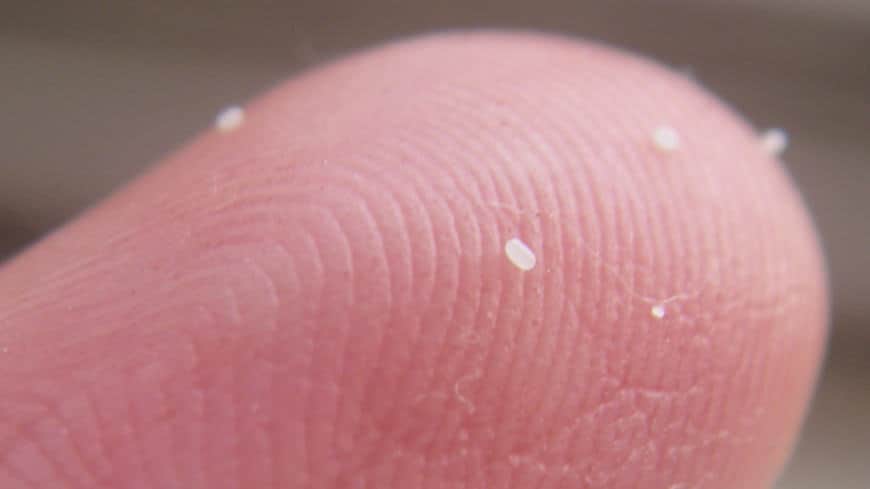
Flea eggs appear white or light-colored and they are also slightly translucent. They tend to mostly break off from the fur of your cat once they have dried. They then fall to the ground or onto pieces of furniture and bedding. From here they will hatch and a larva will emerge from inside them.
How Can You Tell Apart Flea Eggs and Flea Dirt?
Flea dirt is a delightful substance; it is simply the excrement from adult fleas who are living in the fur of your pet. It is made up of dried blood meal and waste matter from a flea’s digestive system.
This substance appears as brown or black flecks and spots in your pet’s fur, often sitting near to the skin of your cat. It feels rough and rather like sand to touch, and it also turns into a reddish-brown liquid when it comes into contact with water or sweat.
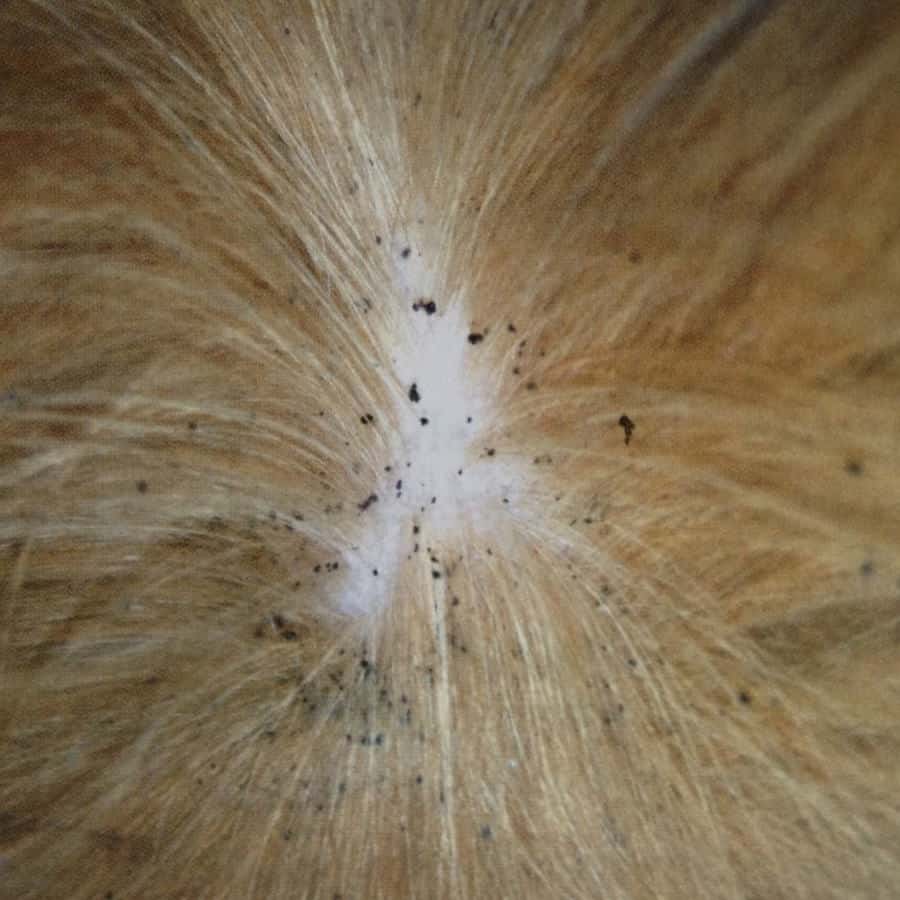
Although both flea eggs and flea dirt are similarly sized, there are a couple of major differences. The first is the color. Flea dirt is a much darker color, ranging from reddish brown to black, and it is quite easy to spot against pale skin, fur or furnishings in your home.
Flea eggs, on the other hand, are much lighter in color and their translucent quality makes them harder to spot against light-colored backgrounds. However, if your cat has darker fur or you prefer dark-colored furnishings in your home then you may have more luck spotting flea eggs than most people!
The other quality that can make flea eggs a little harder to spot is that once they have dried, they tend to break away from your cat’s fur and drop off around your house. They will probably do this more in areas where your pet spends a lot of time, such as their bed or favorite place to sit, however, it is still very difficult trying to spot translucent dots that measure fractions of an inch!
How Can You Tell the Difference Between Flea Eggs and Dandruff?
Another substance whose appearance you may confuse with flea eggs on your cat is dandruff. It is also made up of small particles which are light in color, however, it forms in irregular shapes and is more opaque than translucent flea eggs.
Dandruff in animals is the same as in humans; it is simply excess skin flakes that clump together in the hair. In pets it can be caused by a fungal or bacterial infection, sunburn and excessive exposure to heat, a lack of humidity or moisture in the air, allergies, a poor diet, diabetes, hyperthyroidism and old age.
Funnily enough, it can also be due to an infestation of parasites such as fleas or ticks, as bites from these creatures can irritate the skin and scratching it can cause flakes to come loose and fall off.
Dandruff particles are much more likely to collect in the fur of your pet and remain in patches closer to the skin, while flea eggs are slippery when dry and tend to fall off in areas that your cat regularly spends time in.
Where Are the Most Common Areas on a Cat to Find Flea Eggs?
Adult fleas like to live on the tummy area of your cat and they can also be found in larger quantities underneath the tail and between the hind legs of your pet. This is because these areas of your cat’s body are warmer, damper and more safe and secure as they aren’t as exposed as the head, neck, back, and tail.
How Can You Check Your Cat for Flea Eggs?
It is a good idea to regularly check your cat for fleas and their eggs, and especially important if they are exhibiting behavior, like excessive grooming or scratching more than normal.
To check your cat for flea eggs you should begin by placing them on a dark-colored surface; a towel may be useful in this situation. This will help you to see any light-colored eggs that may fall from your cat during your examination.
Pay special attention to the area around the base of the tail and between the hind legs, as well as the stomach area. Part the fur thoroughly in these places. Using a flea comb during this procedure is also beneficial as it can draw out eggs and adult fleas away from the fur.
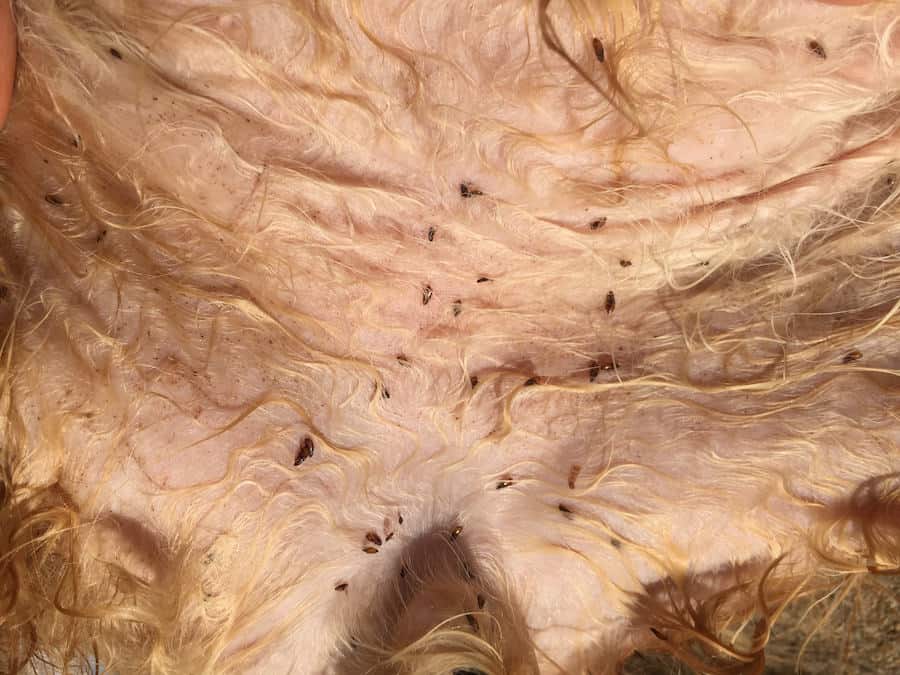
Remember if you find fleas, eggs, or flea dirt which turns red on contact with water, these are all signs that your cat has fleas in their fur.
How Can You Get Rid of Flea Eggs on Your Cat?
Getting rid of flea eggs on your cat must be done as part of a whole treatment process to eliminate not just flea eggs but also larvae, pupae and adult fleas that may be in your cat’s fur. It is vital that you treat all stages of the flea life cycle when dealing with a flea infestation on your pet or in your home, in order for it to be effective.
It is possible to remove flea eggs from your cat by using the previously mentioned flea comb. This should be done regularly, as we know how many eggs one adult female can lay each day! This process should be carried out outdoors and the eggs disposed of carefully. The last thing you will want is them making their way back into your house and onto your furnishings.
You should also wash your cat in a suitable flea shampoo and continue with any other methods of treatment that are recommended by your veterinarian if they see the need for it. You won’t believe it, but washing your cat is probably the easy part in eradicating fleas from your home completely.
As well as this you will need to treat your cat’s bedding and any clothing or fabric that it comes into contact with. Removable items can be placed into a washing machine and laundered at a minimum temperature of 140 degrees Fahrenheit; this will kill fleas at all stages of their life cycle.
The rest of the surfaces in your home can be treated through the use of a natural or chemical-based flea spray or bomb, and a lot of vacuuming after this to remove all of the fleas which will emerge over time! Severe flea infestations may require the services of a pest control service.
How Can You Prevent Fleas From Laying Eggs on Your Cat?
Preventing fleas from laying eggs on your cat can only be done by preventing the fleas themselves! However, you should not despair as there are a wide range of things that you can do which will help you to stop your cat from bringing a flea infestation in your home.
The first thing you must do is use a flea prevention treatment on your cat. This can be bought from a store, online or from your veterinarian It must be applied regularly and thoroughly in order to be effective at preventing fleas.
You can also keep an eye on the contact your cat has with other domestic animals. Limit the time it spends in the wild where it can come into close proximity with feral animals and discourage these wild animals from coming near your home. This can be done by ensuring you don’t leave any food or water sources in your yard which may tempt them to come close to your house and potentially spread their fleas to your pet.
However careful you are, it is always a good idea to regularly check your cat for signs of fleas. Spotting them early may mean you are able to get rid of the adult fleas before they start laying eggs on your pet and causing a full infestation.
Summary
If you find flea eggs on your cat or in their bed it is a fairly definite sign that you are on your way to a flea infestation, if you are not in the midst of one already! However, as irritating and inconvenient as they are you should rest assured that there are tried and true methods for checking your pet for signs of fleas or eggs, treating your animal and your house for a flea infestation, and many ways to prevent further re-infestations in your home.



